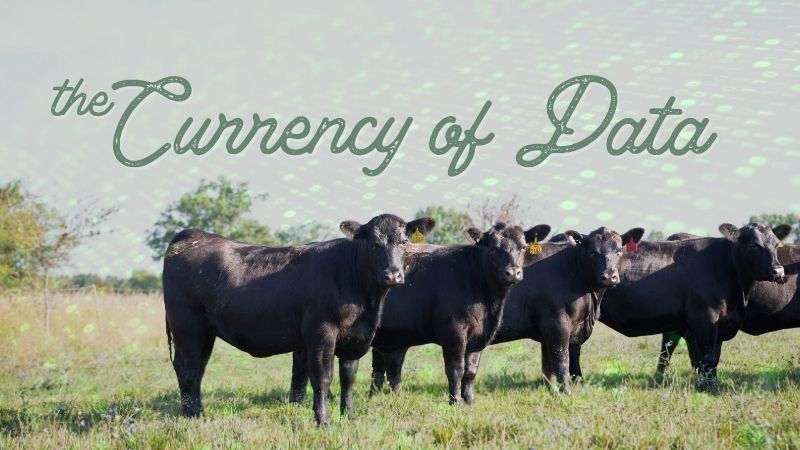The Currency of Data
February 9, 2024

In some respects, raising seed stock is like managing an investment portfolio. As producers, we analyze and study the data at hand to make informed decisions that will continue to add value to the portfolio. Is a female impressive enough to warrant being a donor cow? What traits does the next herd sire need to embody?
But those decisions are only as accurate as the data they are derived from. And while genomic testing can provide a wealth of insight, returns are much higher when actual performance data is added to the equation.
This time of year, breeders can invest in their portfolios, so to speak, by collecting ultrasound data on yearling bulls, heifers, and steers. That begins with having a certified ultrasound technician collect the scans. That data is then sent to a partnering lab to be analyzed and ratioed within contemporary groups. The results are then shared with the American Angus Association® and, in turn, with the individual breeder.
To make the most of the investment, scan weights must be collected within seven days of the scan and submitted to the Association. With both scans and weights on the cattle, the AGI® team can include that data in the weekly evaluation to supply producers with more accurate carcass EPDs.
Breeders can learn more about collecting and submitting ultrasound data in this Membership Tips article.
Over the last several decades, the cattle industry has seen the impact of ultrasound data, in a result similar to compounding interest. Not only have breeders reaped the benefits of their individual herd data, but compiling millions of scans as an association has enhanced the reliability of carcass EPDs for all Angus genetics users; helping Angus breeders move the needle on carcass traits, year over year.
And in turn, both producers and consumers have benefitted from leveraging that investment. The more recent data from Certified Angus Beef shows a more than 16% increase since 2006 in the percentage of fed cattle that qualify as Certified Angus Beef® brand and a 6% increase in USDA Prime during that period. At the same time, the portion of fed cattle grading at Select has significantly decreased. See chart.

